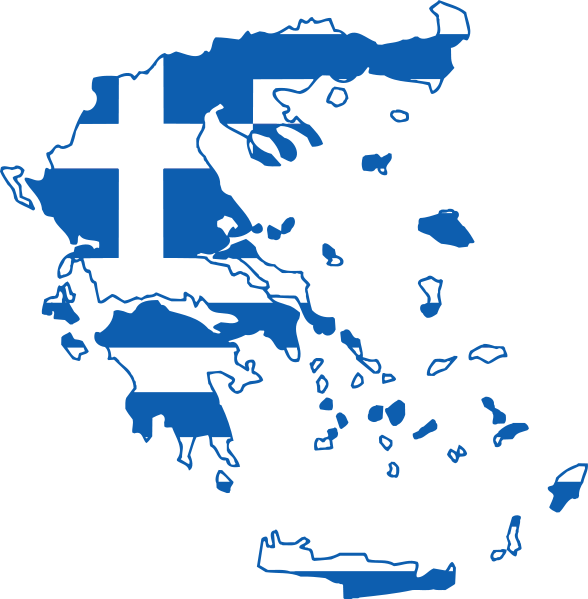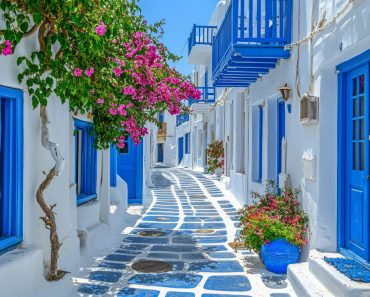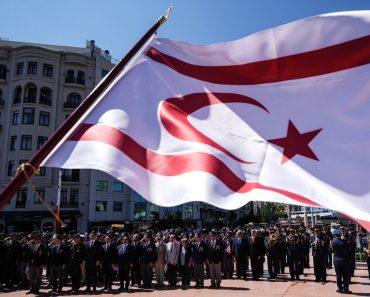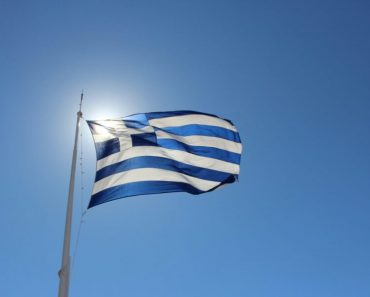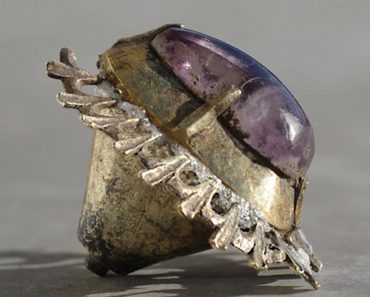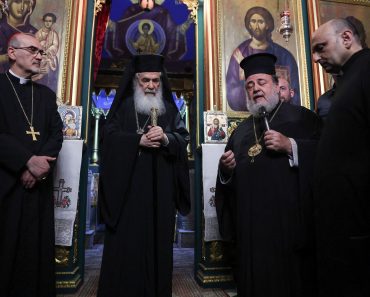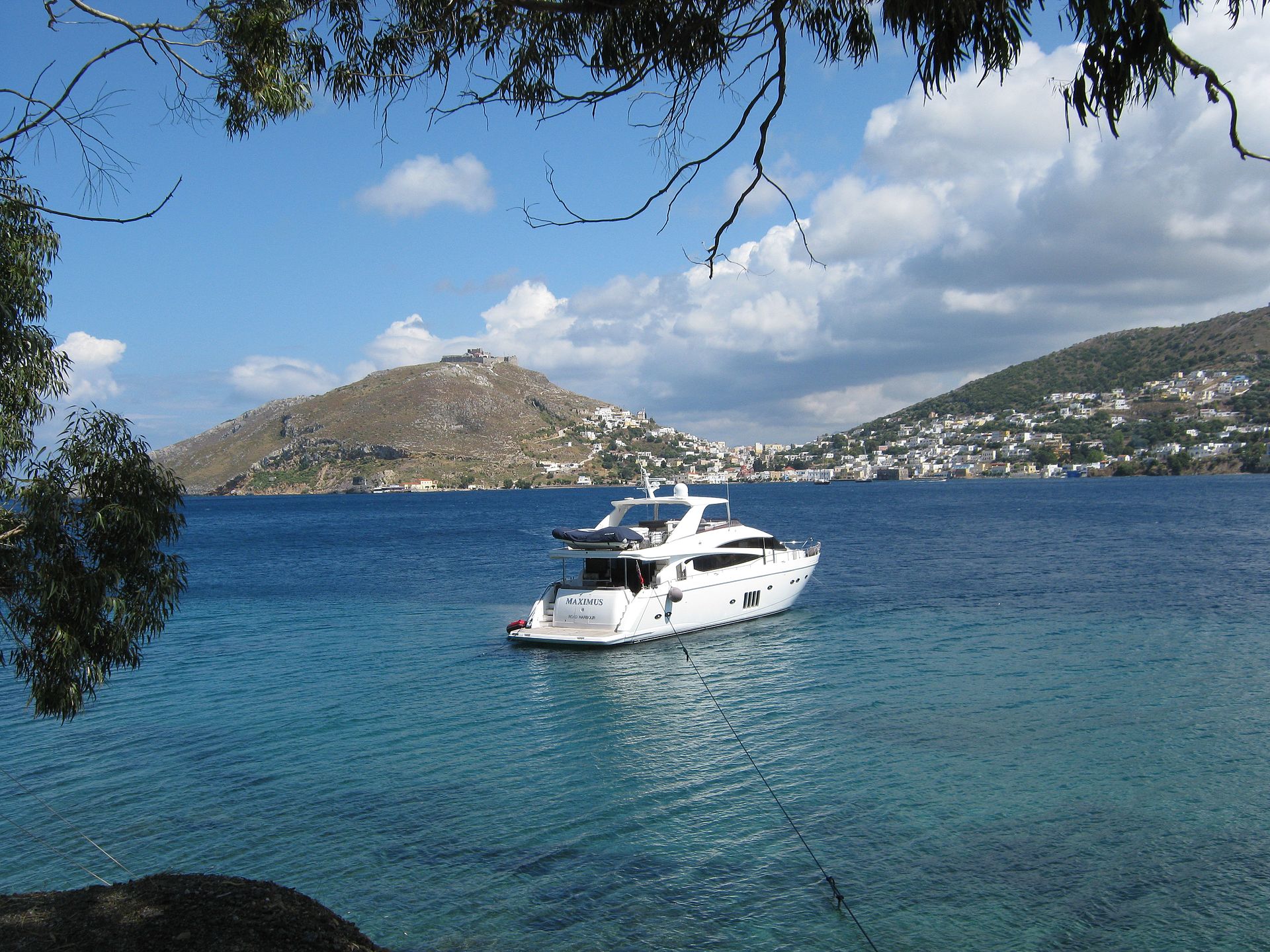
A hidden gem in the heart of the Aegean, Leros, once a stronghold of Italy’s dictator Benito Mussolini, is poised for a transformation. The Greek Ministry of Culture has unveiled a plan to revitalize the island’s unique architecture and profound historical sites, including the striking Italian-built settlements of Lakki and Lepida.
These areas, once central to Mussolini’s strategic vision for an “island flagship of Rome,” are set to become vibrant centers for culture, tourism, education, and even wellness.
Leros: From Mussolini’s stronghold to cultural beacon
Under the orders of Mussolini, leading Italian architects designed Lakki from scratch in the interwar period, naming it Portolago. Conceived to house over 30,000 residents and soldiers, it became a strategic Mediterranean port and a testament to rationalist architecture. Similarly, Lepida housed royal barracks and later, tragically, a psychiatric hospital for “tyrannized souls.”

Now, these historically significant yet often overlooked sites are undergoing a complete upgrade, echoing the successful Tatoi project.
The Ministry of Culture’s vision promotes a sustainable development model, converting monuments of immense historical importance into educational and Mediterranean centers, artistic spaces, cultural landmarks, and points for meeting, entertainment, and wellness. These buildings, rare examples of modernism with their “cinematic” aesthetic, are finally being utilized to transform Leros into a highly attractive Mediterranean destination.
Lakki: A Mediterranean hub reborn
Lakki, famously described by a British journalist as the “most strangely beautiful city in Greece,” is a unique blend of Art Deco and Bauhaus-inspired architecture set within a natural harbor. This distinct urban landscape, designed by Rodolfo Petraco and Armando Bernabiti on what was once marshland, was Mussolini’s strategic center, the “Flagship of Rome,” controlling sea routes from the Dardanelles to the Middle East.
On the eve of World War II, Leros was a formidable military base with extensive facilities – headquarters, barracks, ammunition tunnels, seaplane hangars, and even a shipbuilding unit. It also boasted entertainment venues like the Giacomo Puccini cinema, the Mercato di Portolago market complex, and the Albergo Roma hotel, with its iconic Art Deco clock tower.
After the war, the island’s painful history led to its conversion into a prisoner-of-war camp and, later, a place of exile. Its rare architecture, fortunately, gained UNESCO heritage protection, and the Ministry of Culture is now poised to restore and functionalize these spaces.
This ambitious project aims to respect Lakki’s multifaceted history, preserving iconic memory points like the former Catholic church of Agios Francisco (now Agios Nikolaos), the school, the “palazzinas” for sailors and officers, and the former Italian town hall. Even original Italian plans, maps, and emblems, such as that of the Italian financial police, will be preserved as cultural relics.
Lepida: From psychiatric hospital to wellness hub

The Avieri Barracks, originally built for Italian squads, later became a dormitory for the Royal Technical Schools in 1949 and, from 1967, a section of the infamous Leros Psychopaths’ Colony. This psychiatric hospital became synonymous with painful memories, hosting not only psychiatric patients but also those abandoned as “incurable.”
The Ministry’s plan offers a profound transformation for these sites. The old psychiatric hospital of Leros will become a modern wellness center, a “modern Asclepius.” This “re-envisioning” aims to transform its old use from a place of mental annihilation into one of mental upliftment and relaxation, operating year-round and offering medical and alternative services that bridge historical tradition with modern research.
Mussolini’s barracks will be converted into a “Mediterranean academy.” These Bauhaus buildings will host modern educational and cultural activities of supra-local importance, attracting learners from around the world. This new era for Leros aims to convert post-war memories of vocational schools, exile, and abandonment into a vibrant hub for learning.

A vision for sustainable development on Leros
Minister of Culture Lina Mendoni describes the project as a “challenge for a sustainable small-scale development model,” emphasizing the combination of promoting the island’s cultural and historical tradition with innovative actions to ensure economic development based on sustainability principles.
The settlements of Lakki and Lepida, designated as historical sites, represent a unique interwar architectural ensemble in Greece, characterized by their Italian rationalist design. The preservation of their intact architectural character from the late 19th and early 20th centuries is crucial for understanding the island’s development. The project, stemming from a 2021 research program with the National Technical University of Athens, aims to document this architectural wealth and propose an integrated management strategy for sustainable development.
The goal is to keep Leros’ cultural heritage alive, attracting diverse visitor interests—including architectural, cultural, medical, military, diving, sailing, hiking, nature, and culinary tourism, as well as tourism for special social groups such as those over 65. The mayor of Leros, Timotheos Kottakis, is actively contributing to harnessing all forces to make this multi-functional center a reality.
Related: The Hidden Beauty of Greece’s Leros Island
